Underground Cities: A Journey into the Past
The underground cities of Cappadocia are among the most enigmatic and fascinating wonders of this historic region. With origins dating back to the Hittite period, these structures expanded and evolved over time, offering refuge and protection to communities facing invasions, conflicts, and harsh environmental conditions. To date, 36 underground cities have been discovered, but archaeologists believe that many more remain hidden beneath the surface of Cappadocia.
Kaymakli: A City of Tunnels and Life
Kaymakli is one of the most visited underground cities in Cappadocia. Located beneath the Kaymakli Citadel, it was opened to the public in 1964 and is renowned for its functional design and impressive ventilation system. Although it features eight levels underground, only the first four are accessible to visitors, offering a fascinating glimpse into the lives of its ancient inhabitants.
Main Features of Kaymakli:
- First level: Stables designed to house animals within the city.
- Second level: A church with a single nave, two apses, an altar, and side platforms that served as a place of worship for the community.
- Third level: Storage areas, kitchens, and wineries, including an andesite block used as a crucible for metalworking.
- Fourth level: Large storage rooms connected to an 80-meter-deep ventilation shaft that ensured a constant supply of fresh air.
The design of Kaymakli reflects advanced organization, with spaces dedicated to different functions, allowing the community to maintain a relatively normal life even in times of danger.
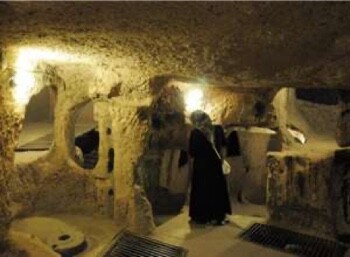
Derinkuyu: The Deepest City
Located about 40 kilometers from Göreme, Derinkuyu is the deepest underground city in Cappadocia, extending 85 meters below the surface. Opened to the public in 1965, Derinkuyu stands out for its architectural complexity and its capacity to shelter thousands of people.
Unique Aspects of Derinkuyu:
- Missionary school: Located on the second level, it includes classrooms and a dining hall, indicating that education remained a priority even in times of refuge.
- Cross-shaped church: Situated in the deeper levels, accessible via vertical staircases.
- Ventilation shafts: Over 15,000 shafts ensured a constant airflow throughout the city.
Derinkuyu’s design showcases impressive planning, with systems allowing self-sufficiency over extended periods. Its narrow tunnels and round stone doors also served as defensive measures against potential invaders.
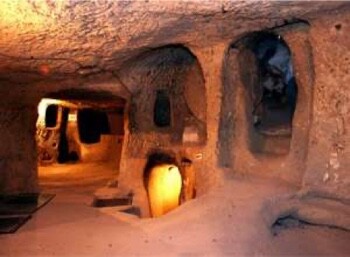
Özkonak: Strategic Ingenuity
Discovered in 1972, Özkonak is located just 14 kilometers from Avanos. What sets this underground city apart is its unique defensive design. Its tunnels are connected by small holes that not only facilitated ventilation but also allowed hot oil or water to be poured on invaders.
Details of Özkonak:
- 10 levels: Four of which are open to the public.
- Door and tunnel system: Designed to protect inhabitants during attacks.
- Wineries and water wells: Indicating detailed planning to ensure survival.
Özkonak was discovered by a local farmer investigating why his crops’ water seemed to disappear, leading to the unearthing of this archaeological treasure.
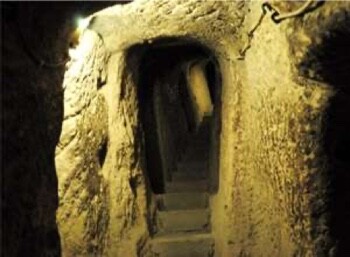
The Role of Underground Cities
These cities were not merely temporary shelters but fully functional homes offering security and self-sufficiency. During periods of instability, such as Roman invasions or Arab incursions, the underground cities allowed communities to protect themselves while maintaining a functional life. Additionally, their design reflects a deep understanding of architecture and engineering.
Conclusion
The underground cities of Cappadocia are a testament to human creativity and resilience. From the spacious functionality of Kaymakli to the depth of Derinkuyu and the defensive ingenuity of Özkonak, each city tells a unique story of adaptation and survival. Exploring these architectural wonders is like traveling back in time, immersing oneself in a world where underground life was the key to survival.

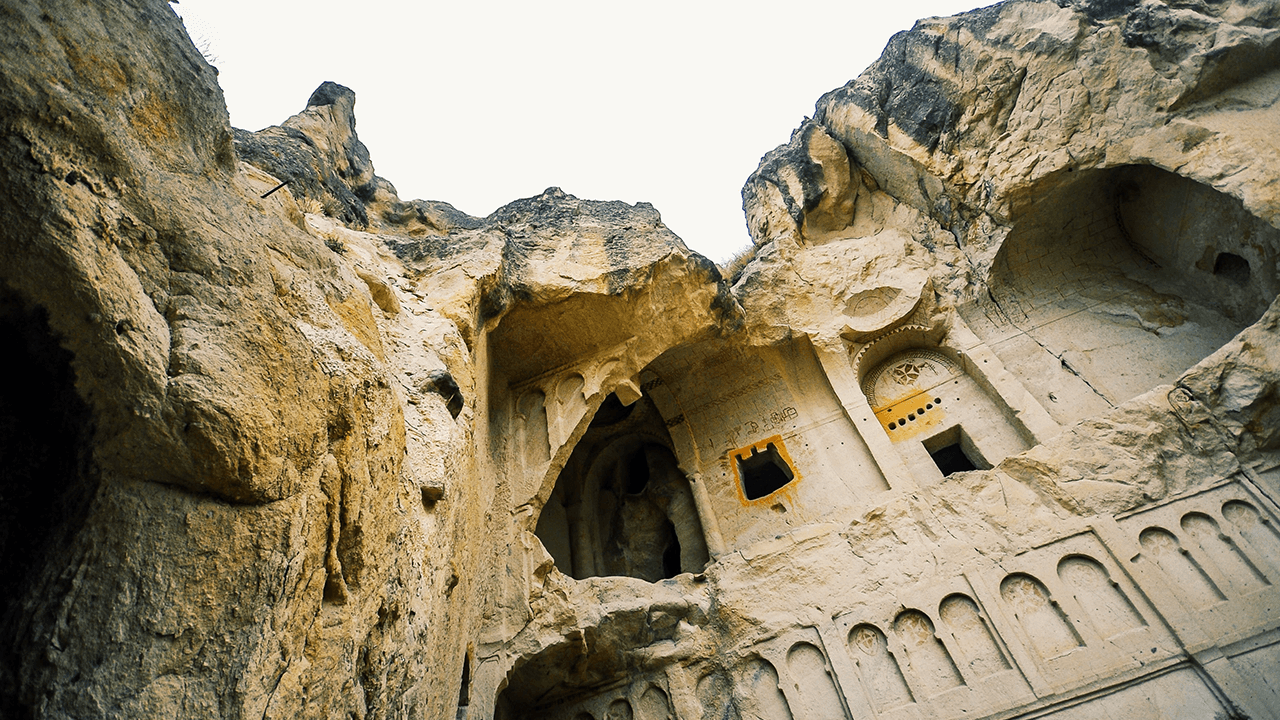
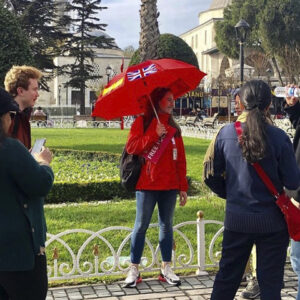
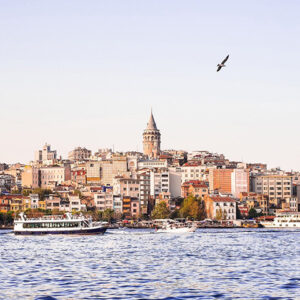

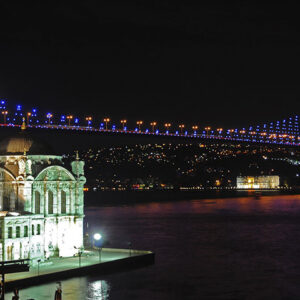

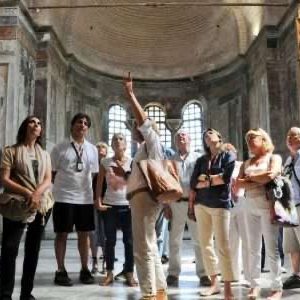
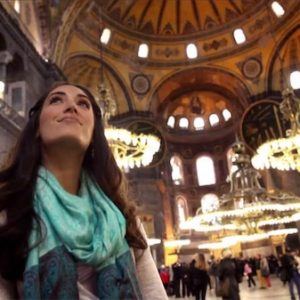
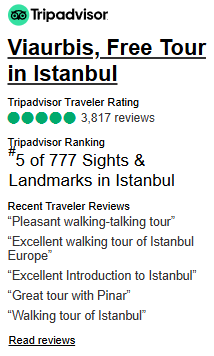
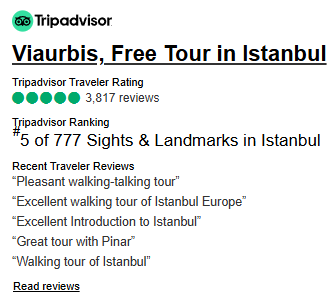
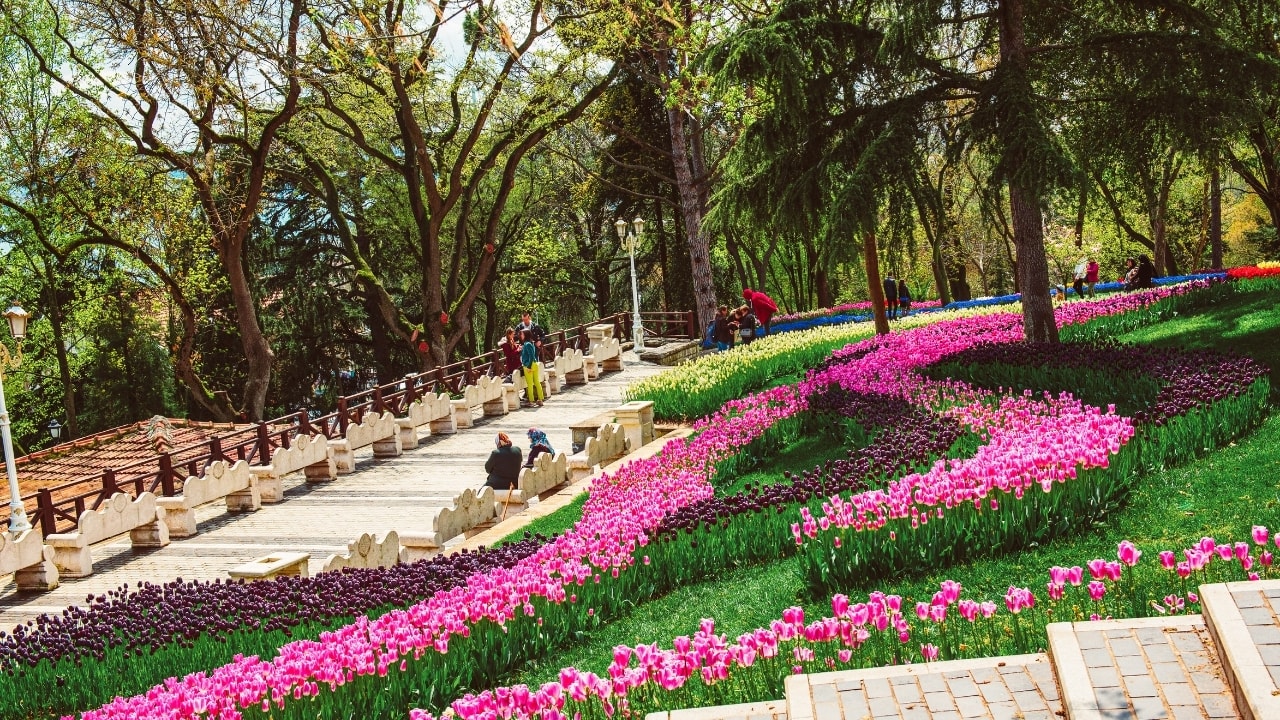

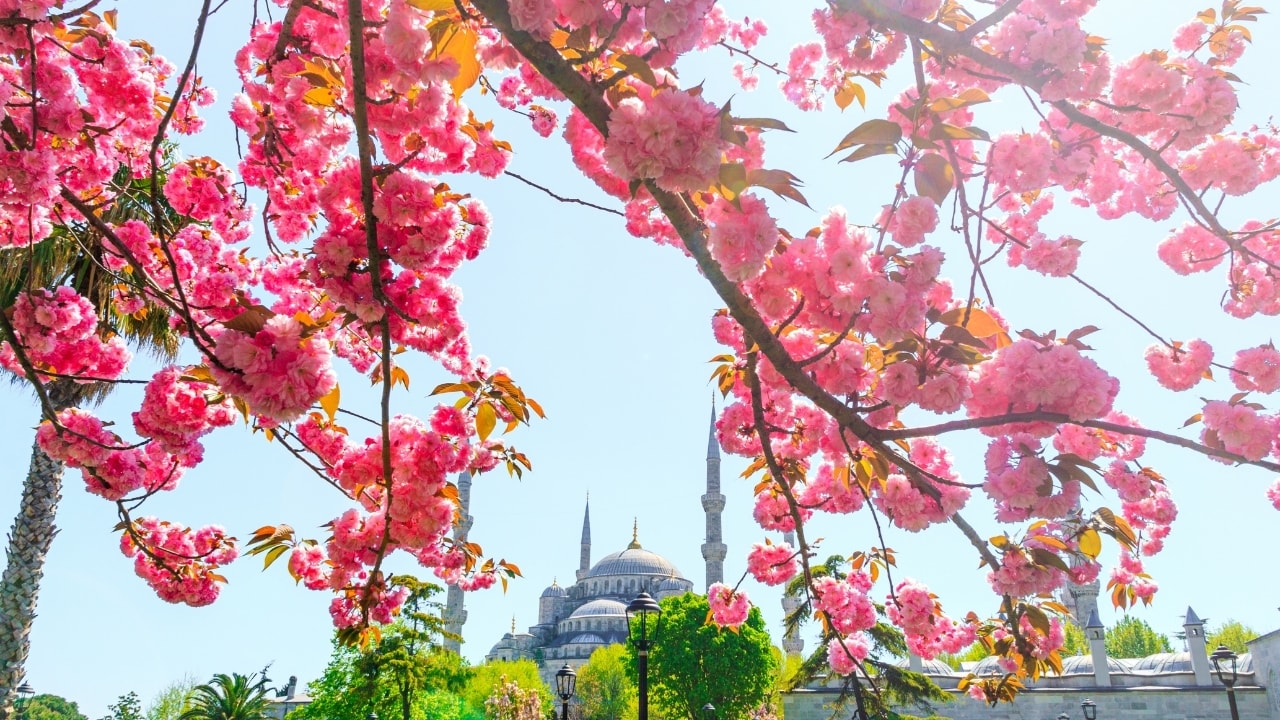
3 thoughts on “Underground Cities”
★★★★★
My journey to ‘Underground Cities’ was nothing short of amazing. A must-see for anyone exploring the area!
★★★★★
Visiting ‘Underground Cities’ was an extraordinary experience, offering insights and enjoyment like no other. Highly recommended!
★★★★★
Looking for an authentic and enriching experience? ‘Underground Cities’ is the place to be! Absolutely worth the visit.